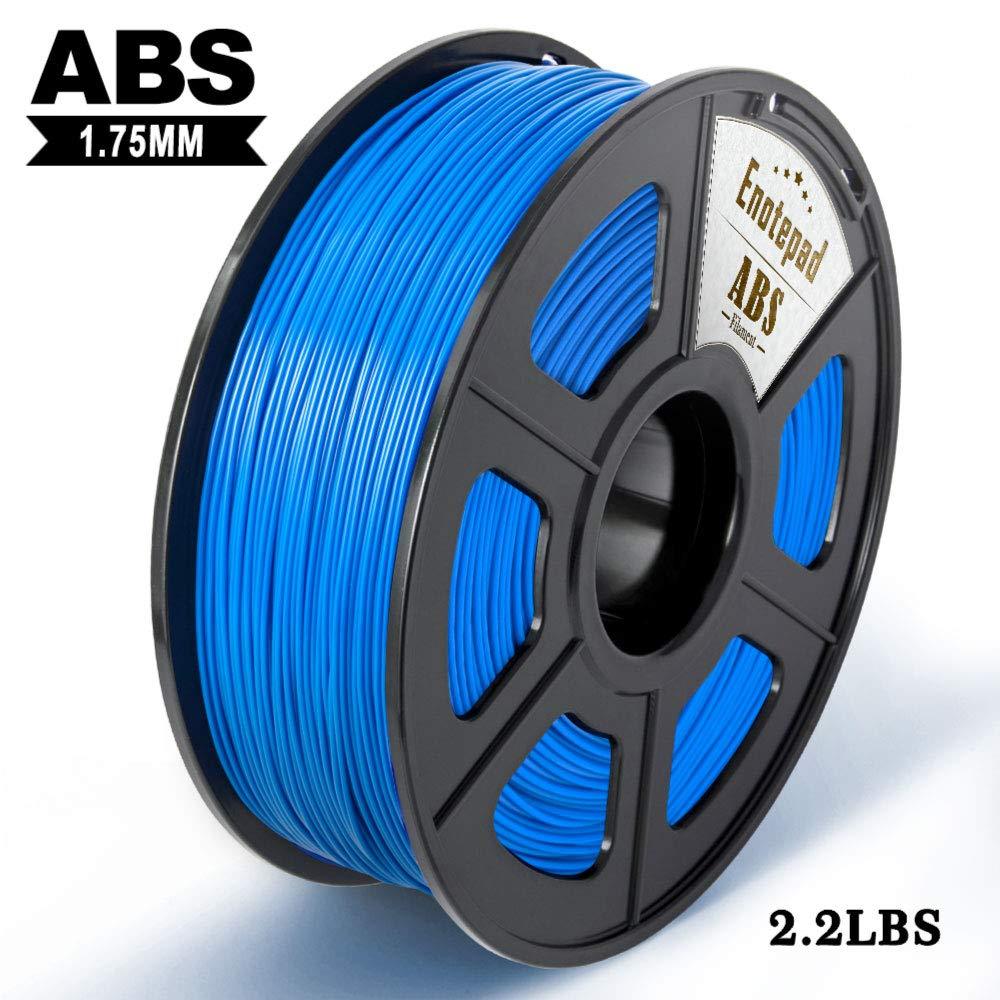With the rise of 3D printing technology, there are now more options than ever when it comes to choosing the right filament for your printer. ABS filament is one of the most popular choices among 3D printing enthusiasts, thanks to its versatility and durability. In this ultimate guide, we will cover everything you need to know about ABS printer filament, including its properties, uses, and how to get the best results with it.
What is ABS filament?
ABS, or Acrylonitrile Butadiene Styrene, is a thermoplastic polymer that is commonly used in 3D printing. It is known for its high strength, durability, and heat resistance, making it an ideal choice for a wide range of applications. ABS filament is available in a variety of colors and can be easily shaped and molded using heat, making it a popular choice for 3D printing projects.
Properties of ABS filament
ABS filament has several key properties that make it a popular choice for 3D printing projects. Some of the most important properties of ABS filament include:
1. High strength: ABS filament is known for its high strength and durability, making it a popular choice for functional parts and prototypes.
2. Heat resistance: ABS filament has a high heat resistance, making it suitable for applications that require exposure to high temperatures.
3. Versatility: ABS filament is versatile and can be easily shaped and molded using heat, making it suitable for a wide range of applications.
4. Impact resistance: ABS filament is impact-resistant, making it suitable for applications that require durability and toughness.
Uses of ABS filament
ABS filament is a versatile material that can be used for a wide range of applications. Some of the most common uses of ABS filament include:
1. Prototyping: ABS filament is commonly used for prototyping and creating functional parts that require high strength and durability.
2. Household items: ABS filament is often used to create household items such as storage containers, organizers, and decorative objects.
3. Automotive parts: ABS filament is commonly used in the automotive industry to create parts and components that require high heat resistance and durability.
4. Electronic enclosures: ABS filament is often used to create enclosures for electronic devices such as smartphones, tablets, and other gadgets.
How to use ABS filament
Using ABS filament in your 3D printer is relatively simple, but there are a few key steps that you need to follow to ensure the best results. Here are some tips for using ABS filament in your 3D printer:
1. Prepare your printer: Make sure that your 3D printer is calibrated and ready to go before starting your print. Check the bed leveling, nozzle temperature, and filament feed to ensure that everything is in working order.
2. Heat the bed: ABS filament requires a heated bed to adhere properly during printing. Heat the bed to around 90-100°C to ensure that the filament sticks to the surface.
3. Adjust the nozzle temperature: ABS filament requires a higher nozzle temperature than other materials, typically around 230-240°C. Adjust the nozzle temperature on your printer to the recommended temperature for ABS filament.
4. Use a heated enclosure: ABS filament is sensitive to temperature changes, so using a heated enclosure can help maintain a consistent temperature throughout the printing process.
5. Print slowly: ABS filament tends to warp and shrink if printed too quickly, so it is important to print at a slower speed to ensure the best results.
Tips for getting the best results with ABS filament
There are a few key tips that can help you get the best results when using ABS filament in your 3D printer. Some of the most important tips for printing with ABS filament include:
1. Use a heated bed: ABS filament requires a heated bed to adhere properly during printing. Make sure that your printer has a heated bed and heat it to the recommended temperature for ABS filament.
2. Print in a well-ventilated area: ABS filament emits fumes during printing, so it is important to print in a well-ventilated area to reduce exposure to harmful fumes.
3. Use a brim or raft: ABS filament tends to warp and shrink as it cools, so using a brim or raft can help improve adhesion and prevent warping.
4. Use a cooling fan: ABS filament can be sensitive to temperature changes, so using a cooling fan can help maintain a consistent temperature throughout the printing process.
5. Experiment with different settings: Each 3D printer is different, so it is important to experiment with different settings such as nozzle temperature, bed temperature, and print speed to find the best results for your printer.
FAQs
Q: What is the best temperature for printing with ABS filament?
A: The recommended temperature for printing with ABS filament is typically around 230-240°C for the nozzle and 90-100°C for the bed.
Q: How do I prevent warping when printing with ABS filament?
A: To prevent warping when printing with ABS filament, make sure to use a heated bed, print in a well-ventilated area, and use a brim or raft to improve adhesion.
Q: Can I use ABS filament with any 3D printer?
A: ABS filament can be used with most 3D printers, but it is important to check the specifications of your printer to ensure compatibility.
Q: Is ABS filament safe to use?
A: ABS filament emits fumes when heated, so it is important to print in a well-ventilated area to reduce exposure to harmful fumes.
Q: How do I store ABS filament?
A: ABS filament should be stored in a cool, dry place away from direct sunlight to prevent degradation.
In conclusion, ABS filament is a versatile and durable material that is ideal for a wide range of 3D printing applications. By following the tips and guidelines outlined in this guide, you can achieve the best results when using ABS filament in your 3D printer. Experiment with different settings, take proper precautions, and enjoy the endless possibilities that ABS filament has to offer.
